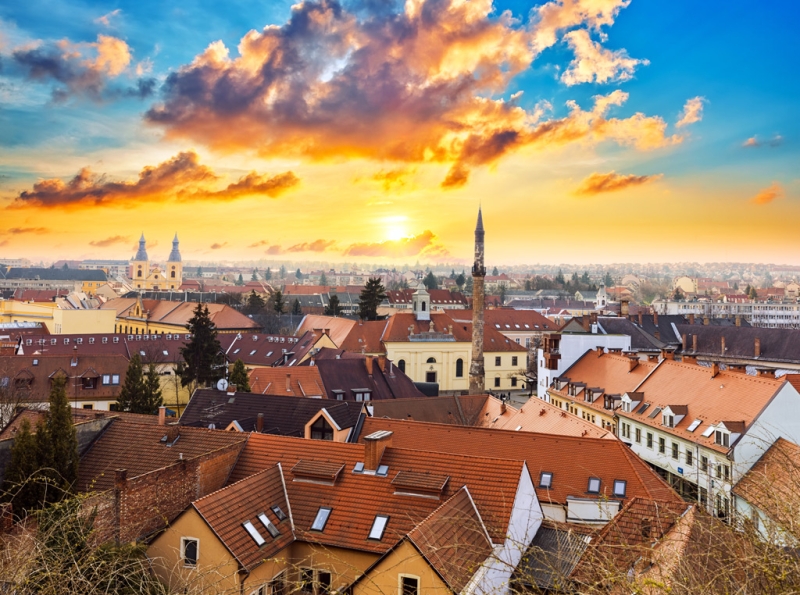
Every year millions of tourists flock to Hungary. Here, in the homeland of the inventor Erno Rubik, who created the popular puzzle, and the composer Edvin Marton, who won the Eurovision Song Contest with Dima Bilan, travelers most often stop in Budapest. And they can be understood. The majestic Danube, along the embankment of which you can walk in the evenings. The Hungarian National Gallery, amazing with its collection. Ancient castles and temples. All of this is truly worth visiting Budapest, but today we’ll tell you about how you can spend your time in Hungary after you’ve explored its most famous city.
Lake Balaton
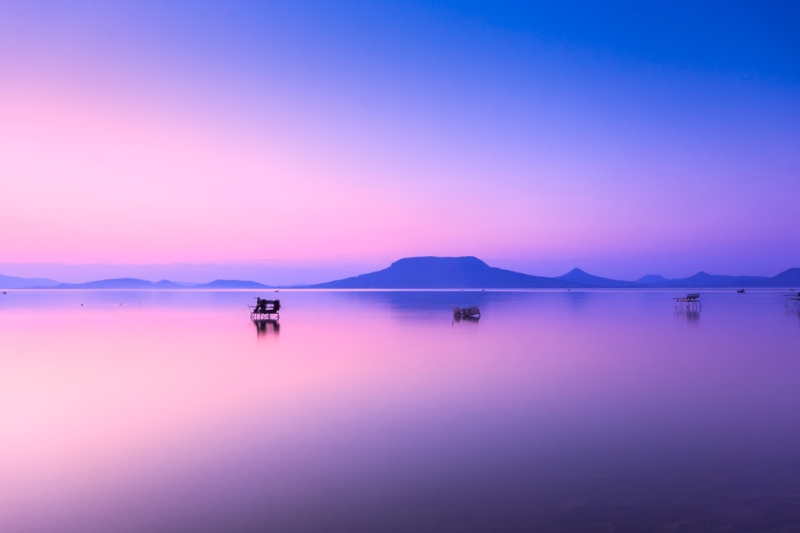
115 kilometers from Budapest is Lake Balaton, the largest lake in Central Europe and the main Hungarian resort. Local health resorts specialize in the treatment of heart diseases and spinal diseases. In addition to wellness, people come here to have a picnic overlooking the lake, play tennis, football and water skiing. The small towns along the shores of Balaton have some beautiful old buildings: the Abbey of St. Anyos, built at the beginning of the 11th century, the Gothic Franciscan church in Keszthely and hotel buildings from the late 18th century.
Every summer from July to August, the international festival “Valley of the Arts” is held on the northern shore of the lake. Traditionally, its program includes art exhibitions, literary evenings, screenings of original films and performances by musicians. Most often jazz, blues and rock are played at the festival, although sometimes representatives of other genres also appear.
The lake is shrouded in legends. If you believe one of them, then on the sandy bottom of the reservoir there is a church altar, at which a young girl constantly cries because of unrequited love; and while she cries, the lake will not dry up.
In the vicinity of the lake there is the Balaton Upland National Park, home to rare species of birds and animals. While walking through the protected area, you can explore caves, “basalt organs” (bizarrely shaped rocks), winding ravines and much more.
Lake Heviz
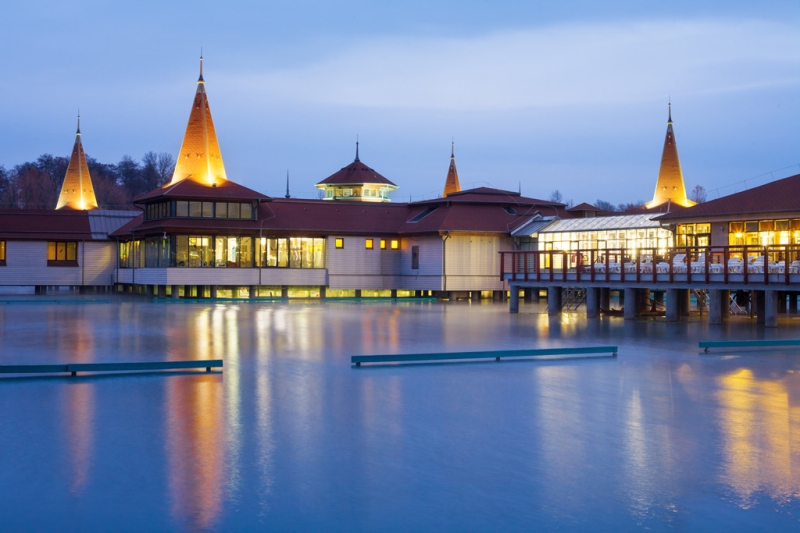
In western Hungary, 5 kilometers from the city of Keszthely, there is the largest European thermal lake. Its water is rich in minerals and has a healing effect. For this reason, along the coast of Heviz there are dozens of health resorts specializing in the treatment of rheumatism, arthritis, arthrosis and other joint problems.
It’s amazing that the water in the lake can be completely renewed in 28 hours. This happens thanks to a powerful underground source that feeds the reservoir. In winter, the temperature in Heviz stays at +26°C, so the flow of tourists does not dry out all year round. Due to the fact that the water temperature is quite high, there are no plants or living organisms in the lake, the only “decoration” of the lake is water lilies, specially brought here from India.
Eger Fortress
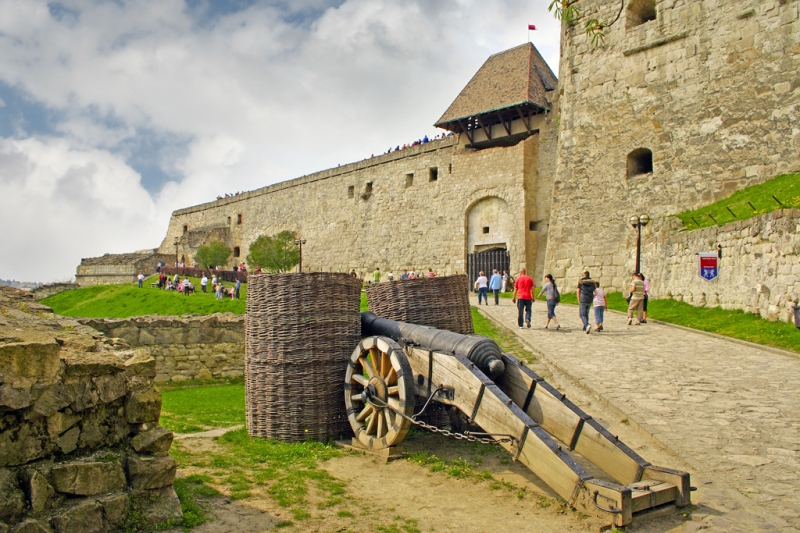
140 kilometers from Budapest is the small town of Eger, famous for its medieval fortress. It was built back in the 12th century and is perfectly preserved. The fortress became famous in 1552, when the 40,000-strong Turkish army was unable to break the resistance of 2,000 defenders of Eger under the command of Captain Istvan Dobo.
Now there is a museum on the territory of the fortress. Its exhibitions tell about the history of the city and fortifications. In addition, in the Eger Fortress you can shoot archery in a special shooting range, visit the mint and go down to the old wine cellar, where tastings of the best local wines are regularly held. You can view the fortification any day of the week from 10:00 to 18:00.
Royal Palace
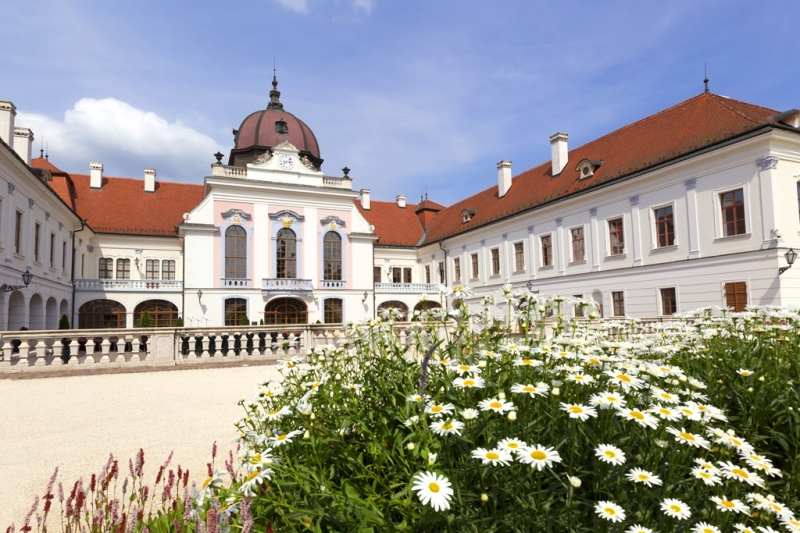
Just half an hour from the Hungarian capital is the town of Gödöllő, famous for its luxurious castle. It was built in the 18th century according to the design of Andras Mayerhoffer, an architect from Salzburg. The castle was rebuilt and expanded several times: a chapel, a greenhouse, stables and even a theater room were added to it.
In 1867, the castle became the summer residence of Emperor Franz Joseph and his wife. It remained in this status until the end of the First World War, after which it gradually fell into disrepair.
During World War II, the northern part of the palace served as a bomb shelter. During the recent reconstruction, the royal chambers and numerous luxurious halls were restored and are available for inspection. Nowadays, exhibitions and concerts are constantly held on the territory of the palace.
Marzipan Museum
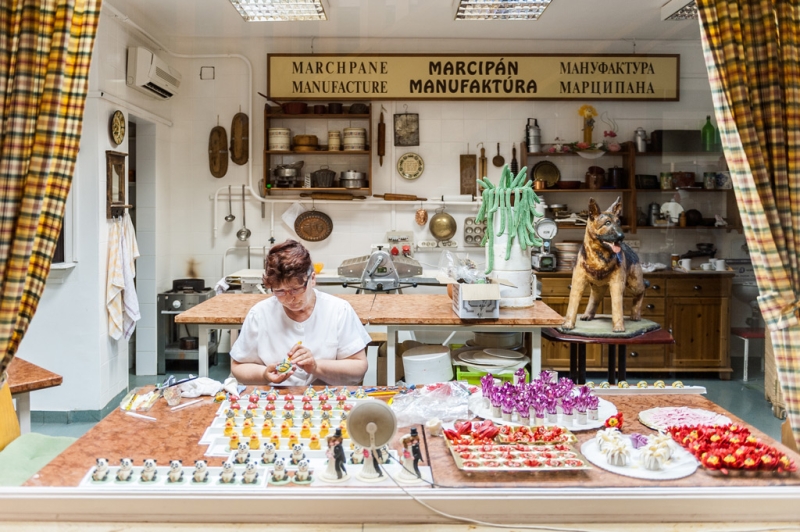
20 kilometers from Budapest in the city of Szentendre there is a marzipan museum dedicated to all those with a sweet tooth. It was opened in 1994 by local culinary specialist Kara Szabo. All museum exhibits are made of marzipan. Here you can see the parliament building, a portrait of Mozart and many other works of art made from unusual materials. On the ground floor, in the confectionery shop, tourists can buy their favorite sweets and watch how the culinary specialists work.
Palace and park ensemble of the Festetics family
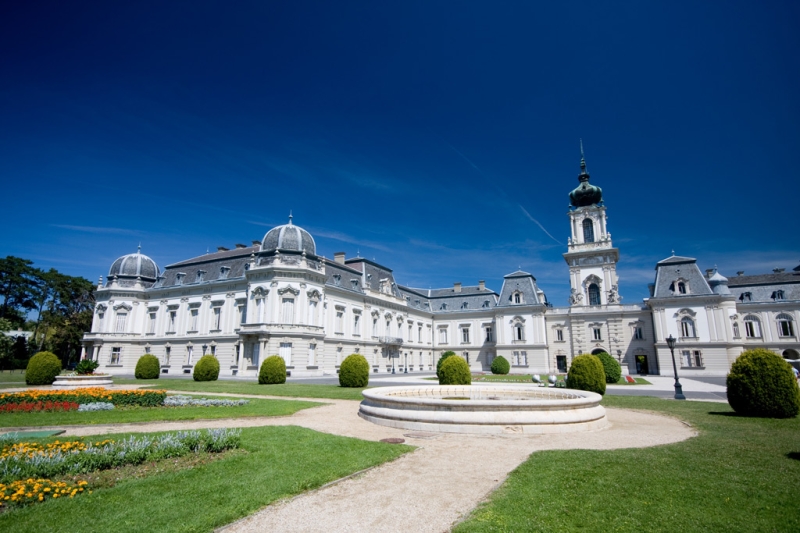
A two-hour drive from Budapest is the already mentioned city of Keszthely. It’s worth coming here if only to see the stunningly beautiful historical and architectural complex founded by Kristof Festetic in 1745. Initially, the palace consisted of only 34 rooms (now there are 101),
over time, new buildings and halls appeared here, including a library. Today, the palace houses more than 100 thousand books, most of them rare. While touring the ensemble, be sure to pay attention to the luxurious decoration of the halls, frescoes with gilding, ancient fireplaces and a magnificent park where the pride of the estate is located – a fountain in the form of a lion.
In the former palace dining room, turned into a concert hall, opera evenings are often held, and you have every chance to catch the performance of famous singers.
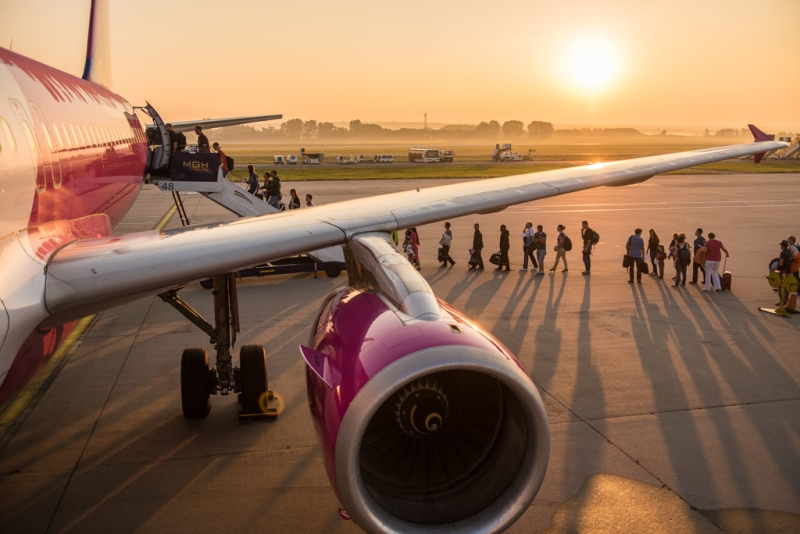
There are several ways to get to Hungary from Russia:
- By plane via Budapest (travel time will not exceed 3 hours);
- By train through Belarus and Ukraine (the journey will take from 27 to 50 hours);
- By car (travel time depends on which route you choose).
We recommend booking a hotel on the website or in the OneTwoTrip app.

